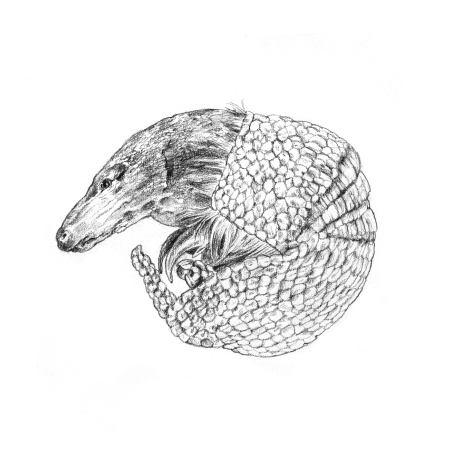Embodiment is the basis of our fullest experience. All our senses, emotions, our physicality are engaged through embodied artistic and creative practices. Humans learn from lived experience. Embodiment allows us to change our physical states temporarily - and this may lead to longer term transformative changed states at individual and collective levels. Learning through the active body is more personal and more permanent. The body is able to engage with complexity in a way that is real, and embodiment allows for connecting to a much wider and deeper world of information. Embodiment is intimately connected to metaphors and meaning - the body can be used as a way to ask questions, and connect with theoretical concepts. However, embodiment is also able to transcend the theoretical, “counteracting the sometimes disempowering effect of scientific raw facts and statistics” (Heras et al., 2021, p. 1881)
Dance, theatre and roleplay are some examples of artistic practices that offer embodiment. In the field of sustainability science, Heras and Tàbara (2014) note that such methods can have a role in “integrating and embodying different kinds of knowledge, values and perspectives in stakeholder dialogue; communicating and translating complexity; fostering social reflexivity, public deliberation and understanding; building socio-ecological identities and ecological consciousness; and fostering engagement and emotional commitment leading to action.” (Heras & Tàbara, 2014, p. 389). Here, embodying allows for a much more diverse set of ways of knowing and experiencing the world to be shared, giving it an important role in allowing for a connection to perspectives and ways of being that are normally ignored in a rationalistic world. According to Bentz et al.: “The insights that are gained through such an embodied experience can lead to a process of examining one’s own values and beliefs, and shed light on one’s own biases and blind spots.Researching and being reflexive about one’s own subjective truth may help to locate an intersubjective or shared truth.” (Bentz et al., 2022, p. 689). Here, embodiment can encompass a wide array of perspectives – including the more-than-human. Thus, at the individual level, people may shift their feelings, attitudes and behaviours through new experiences that engage the body, emotions and cognition. “Embodiment can be seen as the basis for how we make sense in the world.” (Bentz et al., 2022, p. 689)
At the group level, embodiment allows for full emotional communication between people, through body language, embodied speech and through touch. This allows people to connect to each others' and groups' emotional energy. This connection and emotional energy are key drivers of transformative change. Collins describes emotional energy as “[...] a morally suffused energy; it makes the individual feel not only good, but exalted, with the sense of doing what is most important and most valuable” (Collins, 2005, p. 39) and Summers-Effler (2002) argues that this type of energy – especially as a collective – can bring about transformative change. This is done by feeling and legitimizing our true emotions, nurturing a critical consciousness as a result and opening ourselves up to subversive action. One of the best ways to understand collective embodiment is through the lens of interaction rituals.
Physical co-presence, a joint focus of attention and a shared mood can create powerful collective experiences that result in higher emotional energy in those participating; in group solidarity; in new symbols of social relationship; and in new values and morals (Collins, 1990). According to Summers-Effler: “such ritual offers alternatives to the dominant culture for forming community and making meaning for one’s life; it creates and supports community by producing moral solidarity and high emotional energy” (Summers-Effler, 2002, p. 54). In short: embodied co-presence is the basis for building new institutions.
It is important to note that embodiment goes hand in hand with situatedness in contexts. This means the body, and its experiences, are inherently intertwined with environmental, cultural and social factors. Here, real, as well as imagined places, are an important part of embodiment, as can be derived from Schechtman (2012), who writes about virtual embodiment in the form of online identities: “[...] individuals report that their online lives are as real as their offline lives and that what they do online is as much a part of their actual lives as what they do offline.” (Schechtman, 2012, p. 329). In addition to situatedness, it is important to note that embodiment can be found in everyday activities as well and can therefore go beyond dance, theatre and roleplay. “Different embodied chores, from cooking to needlework, though usually regarded as habitual, have the potential to invite practitioners to focus on the unfolding moment.” (Pagis & Summers-Effler, 2021, p. 22). All in all, in artistic practices, embodying can open up new ways meaning-making and understanding the world - tapping into deep knowledge within individual and collective bodies.




